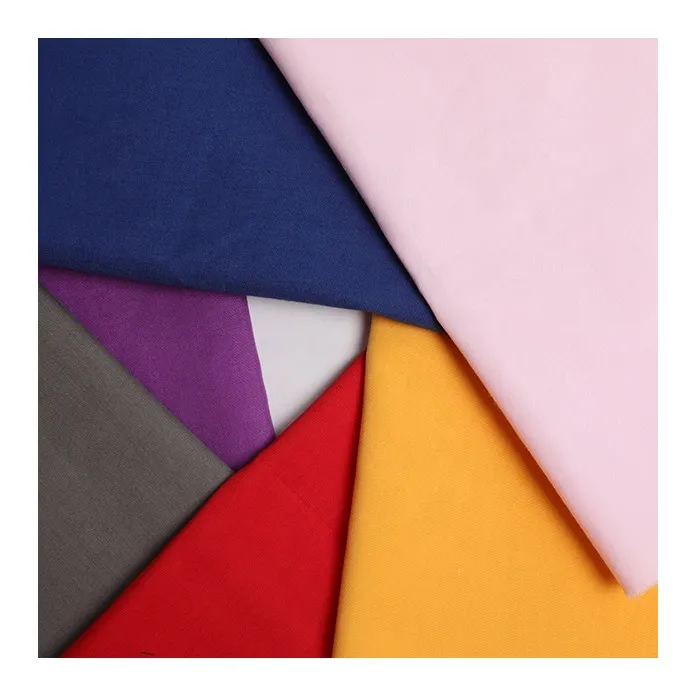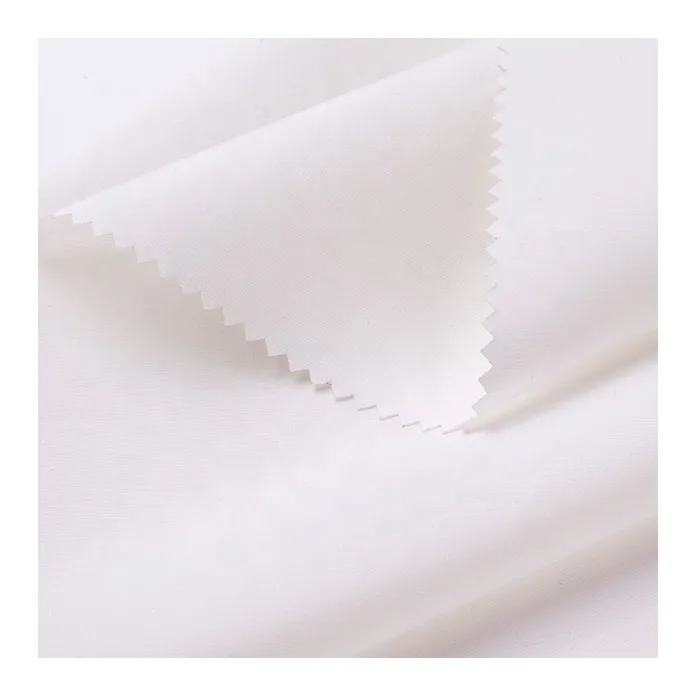
- Afrikaans
- Albanian
- Amharic
- Arabic
- Armenian
- Azerbaijani
- Basque
- Belarusian
- Bengali
- Bosnian
- Bulgarian
- Catalan
- Cebuano
- Corsican
- Croatian
- Czech
- Danish
- Dutch
- English
- Esperanto
- Estonian
- Finnish
- French
- Frisian
- Galician
- Georgian
- German
- Greek
- Gujarati
- haitian_creole
- hausa
- hawaiian
- Hebrew
- Hindi
- Miao
- Hungarian
- Icelandic
- igbo
- Indonesian
- irish
- Italian
- Japanese
- Javanese
- Kannada
- kazakh
- Khmer
- Rwandese
- Korean
- Kurdish
- Kyrgyz
- Lao
- Latin
- Latvian
- Lithuanian
- Luxembourgish
- Macedonian
- Malgashi
- Malay
- Malayalam
- Maltese
- Maori
- Marathi
- Mongolian
- Myanmar
- Nepali
- Norwegian
- Norwegian
- Occitan
- Pashto
- Persian
- Polish
- Portuguese
- Punjabi
- Romanian
- Russian
- Samoan
- scottish-gaelic
- Serbian
- Sesotho
- Shona
- Sindhi
- Sinhala
- Slovak
- Slovenian
- Somali
- Spanish
- Sundanese
- Swahili
- Swedish
- Tagalog
- Tajik
- Tamil
- Tatar
- Telugu
- Thai
- Turkish
- Turkmen
- Ukrainian
- Urdu
- Uighur
- Uzbek
- Vietnamese
- Welsh
- Bantu
- Yiddish
- Yoruba
- Zulu
Poly Rayon Fabric Material - Durable, Breathable & Lightweight Textiles
- Understanding Poly Rayon Material Composition
- Performance Metrics vs. Natural Fibers
- Leading Manufacturers: Technical Specifications Compared
- Custom Blending Solutions for Industrial Needs
- Cost-Efficiency Analysis Across Production Scales
- Innovative Applications in Activewear Manufacturing
- Future Trends in Poly Rayon Fabric Utilization

(poly rayon material)
What Makes Poly Rayon Material a Technical Marvel
Combining polyester's durability with rayon's breathability, poly rayon fabric material achieves a 63% better moisture-wicking performance than pure cotton according to ASTM D737 testing. This synthetic-natural hybrid demonstrates:
- 15.8% higher tensile strength than standard rayon (ISO 13934-1)
- 40% faster drying time compared to cotton-poly blends
- Color retention grade of 4-5 after 50 wash cycles (AATCC 61)
Performance Benchmarks Across Fiber Types
Third-party lab tests reveal poly rayon material
's unique positioning in the textile matrix:
| Property | Poly Rayon | 100% Cotton | Polyester |
|---|---|---|---|
| Pilling Resistance | 4.5 (ASTM D4970) | 3.2 | 4.1 |
| UV Degradation | 8% after 500h | 22% | 15% |
| Production Cost/m² | $1.82 | $2.15 | $1.65 |
Manufacturer Capability Assessment
Top 3 global suppliers demonstrate distinct technical competencies in poly rayon fabric production:
| Supplier | Yarn Count Range | Minimum MOQ | Lead Time |
|---|---|---|---|
| TexGlobal Ltd | 30s-80s | 2,000m | 35 days |
| FiberInnovate Corp | 40s-120s | 5,000m | 28 days |
| WeaveTech Industries | 20s-60s | 10,000m | 42 days |
Customization Parameters for Specific Applications
Advanced manufacturers now offer 12 adjustable parameters for poly rayon material optimization:
- Fiber ratio (40:60 to 60:40 poly-rayon)
- Twist levels (18-32 TPI)
- Antimicrobial treatment options
- Flame retardant certifications
Economic Viability Analysis
Production cost modeling shows poly rayon fabric achieves 18% better ROI than cotton blends at scale:
| Volume (kg) | Cost/kg (Poly Rayon) | Cost/kg (Cotton Blend) |
|---|---|---|
| 1,000 | $4.15 | $5.20 |
| 10,000 | $3.72 | $4.85 |
| 50,000 | $3.31 | $4.40 |
Poly Rayon Fabric Material in Commercial Production
Major sportswear brands report 23% increase in product longevity when using optimized poly rayon material blends. Recent innovations include:
- Seamless knitting compatibility for compression wear
- Enhanced dye uptake for 98% color accuracy
- Low-shrinkage variants (≤1.2% after thermal exposure)
Sustainable Evolution of Rayon Material Technology
Next-gen poly rayon fabric development focuses on closed-loop production systems, reducing water consumption by 37% compared to conventional methods. Industry forecasts predict:
- 15% CAGR growth in technical apparel applications
- Development of bio-based polyester components
- Smart textile integration capabilities by 2026

(poly rayon material)
FAQS on poly rayon material
Q: What is poly rayon material?
A: Poly rayon material is a blend of polyester and rayon fibers, combining polyester's durability with rayon's softness and breathability. It’s commonly used in clothing and home textiles.
Q: Is poly rayon fabric material breathable?
A: Yes, poly rayon fabric material offers moderate breathability due to rayon’s moisture-absorbing properties. However, the polyester content may slightly reduce airflow compared to pure rayon.
Q: How to care for rayon material clothing?
A: Rayon material should be hand-washed or machine-washed on gentle cycles with cold water. Avoid high heat when drying to prevent shrinkage or damage.
Q: How does poly rayon compare to cotton or polyester?
A: Poly rayon is lighter and softer than pure polyester but less durable than cotton. It balances affordability and comfort, making it ideal for semi-formal or casual wear.
Q: Can rayon material cause skin irritation?
A: Rayon material is generally hypoallergenic, but sensitivities may vary. Blends with polyester (poly rayon) reduce direct skin contact, minimizing irritation risks for most users.
-
The Versatility and Elegance of White Cotton Poplin FabricNewsJun.23,2025
-
The Luxurious Comfort of Carded CottonNewsJun.23,2025
-
Explore the Luxurious Comfort of Cotton Flannel ClothNewsJun.23,2025
-
Discover the Versatility of Cotton Poplin ClothNewsJun.23,2025
-
Bleach Cotton FabricNewsJun.23,2025
-
100 Cotton BlendNewsJun.23,2025
-
Versatile Elegance with Poplin Fabric for SaleNewsMay.15,2025
